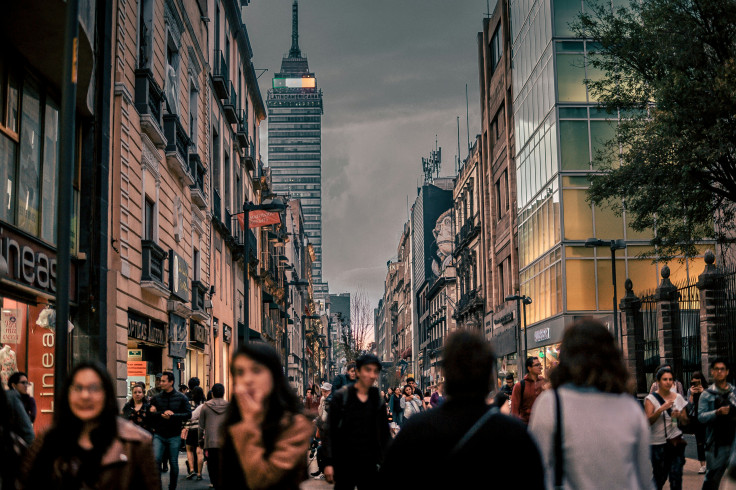
For generations, the story of migration in the Americas followed a familiar pattern: people left Mexico and other countries as they headed north in search of opportunity in the United States. But a New York Times op-ed says that narrative is shifting, with Mexico City in particular now becoming a destination in its own right for migrants from both the Global South and the Global North.
In the piece titled "Mexico City is itself a beacon," Lydia Polgreen writes that the Mexican capital has become "a pulsing center of global culture that rivals any of the great European capitals," highlighting a striking transformation: a city once marked by crime and emigration now draws new arrivals seeking refuge, opportunity, or simply a better quality of life.
The columnist highlights the story of Haitian asylum seeker Michelda Supreme, who once viewed Mexico as a transit point but decided to stay after experiencing surprising warmth and community in the city.
Her story, Polgreen said, echoes those of many other migrants now choosing Mexico over the U.S., deterred by increasingly hostile immigration policies under the Trump administration. "Supreme is not alone in choosing Mexico ahead of its northern neighbor," Polgreen notes, citing the end of the CBP One app and a crackdown on asylum seekers in the U.S. as key reasons behind this shift.
But it's not just migrants from the so-called Global South who are settling in Mexico City. Many U.S. citizens who are remote workers, artists, and entrepreneurs who have become disillusioned with the political and economic climate back home are also moving there. "For young Americans... Mexico provides a welcome antidote," Polgreen writes, especially those drawn to the leadership of Mexico's progressive president and a lifestyle more affordable than what they find in cities like Los Angeles or New York.
This convergence of migrants fleeing instability and professionals fleeing disillusionment is remaking Mexico City into a complex microcosm of global migration trends. Yet the shift is not without tension, the columnist notes. Rising rents, gentrification, and pressure on public services are testing the city's capacity to absorb new residents, and long-term locals are feeling the strain. As Polgreen explains:
"Many people I met in Mexico City — journalists, writers, artists, scholars — complained that they had been forced to move out of neighborhoods fashionable with American global nomads because rents had skyrocketed. In conversations with middle- and upper-class Chilangos, as the residents of Mexico City are called, it often seemed that wealthy interlopers from the north were a bigger problem than poor people coming from the south"
Still, the big picture is clear: "Mexico's transformation, from a place people flee from to one they settle in, presents an opportunity," Polgreen writes. As the U.S. turns inward, Mexico is stepping forward, not just as a stopover, but as a new center of possibility.
© 2025 Latin Times. All rights reserved. Do not reproduce without permission.






